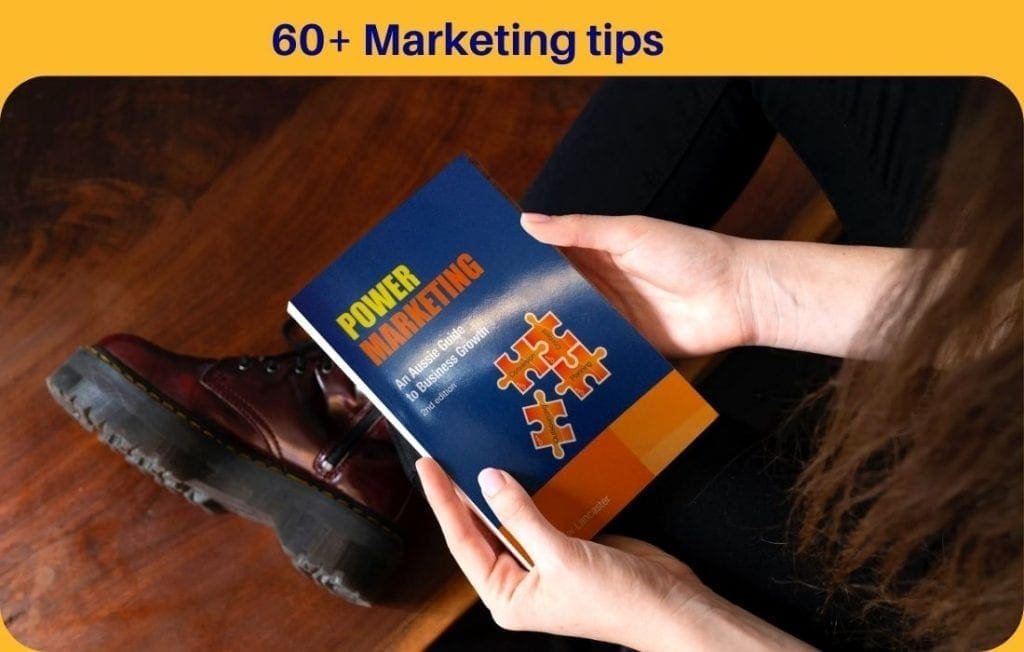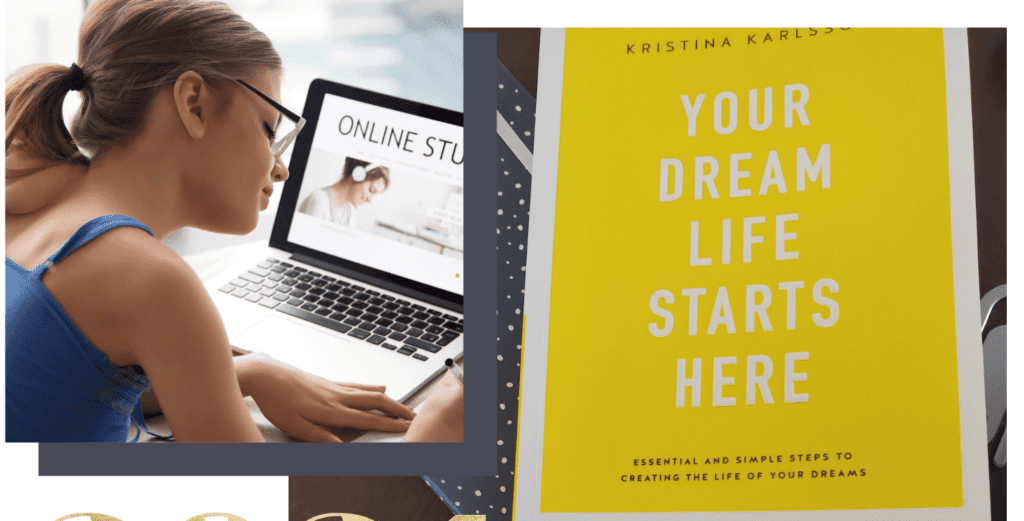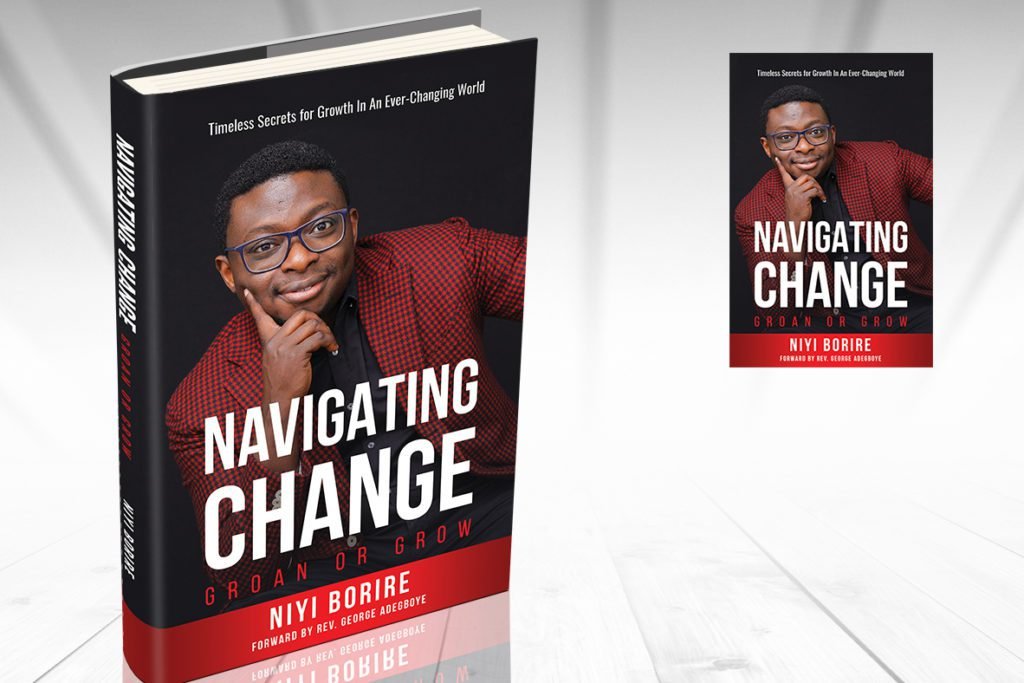Do you have the desire to create and share your ideas but not the know-how of writing a book? Take a peek over my shoulder as I step through the process of choosing a type (or model) of book to write.
Starting out
There are already millions of books published and available on Amazon, so here is a question: what is the one thing that none of them already have?
Answer: Your experience and your writer’s voice.
Types of Books: Choosing the Best Model
Breaking down complex and dry topics, a good writer draws out the ideas for their reader to digest. This is best done with a particular model.
Tips Book
Tips books can be good if prefaced with a note on why you need these tips and how to use the content. Power Marketing was in this style, with 60+ tips on marketing a small business, but perhaps I extended the part about business advice too much in the front.

Examples of Tips style books
Power Marketing – by Jennifer Lancaster
A Progression Type Book
This self-help book shows how a person develops an area where they once had no affinity and we see how they develop through a process of discovery, a challenge or adventure. So, some kind of change took place – whether internal or external.
This is apt for a memoir, like My Year of Living Vulnerably (Rick Morton).
The Sleep Fix (Diane Macedo) – tells about her terrible sleeping and investigation into what makes us sleep, and advice on how to fit these new solutions into our lives.
How-to style – with advice and framework
Insider advice style, with a direct voice (‘you’/’your’) can be ideal for a senior coach or business owner. Usually the focus is on solving the individual’s most common problems and preventing some of the pitfalls in starting out that you witnessed or experienced.

Examples are:
Ready to Soar by Naomi Simson
Bounce Forward by Sam Cawthorn
Reading these books, you’ll soon see the way the author (with help from an editor) has given the best of their story and also laid out a framework for the readers to follow. Highlighted pull-outs and quotes make it more enjoyable to read and easier to take in.
The model book
Under How-to style is the model book. No, not fashionistas but your very own diagram, acronym or concept. For instance, Scott Pape is fond of the concept ‘mojo money’.
Whatever it is, make it yours and never borrow someone else’s special code. You can conjure an Acronym up with a generator (or better yet, use your grey matter). The model is normally explained at the beginning of Chapter 1… The ‘why’ you need it being as important as the ‘what’ it is.
The model book really lends itself to case studies that prove the model works. Do you have clients that have solved their problems with your help? There might be a model hiding there, in plain sight. Points of note:
- Very reader-solution focussed
- Very targeted to their stage (a beginner or slightly experienced)
Examples:
Business Model Generation (a book about models and outside the box)
Share Your Passion by Renee Hasseldine
Eat That Frog by Brian Tracy
Exercises based style
The reader is taken through from why they must change, to various exercises that will help them self-develop and envision. If you want them to overcome fear of something, then helping through a particular exercise like NLP, anchoring, etc, will help them to do this.
These can be little exercise walk-throughs at the end of some case study examples and inspiring content.

Examples:
The Face Within – Sue Lester
Your Dream Life Starts Here – Kristina Karlsson
Insider experience style
Insider Experience is a similar type of book, but with the focus on the author’s lived experience. This can actually be effective and get cut-through, if told in a narrative or other relatable way.

Examples of this style are:
Navigating Change: Adeniyi Borire (edited by Jennifer)
Wealth Magic by Peter Spann
Now that we’ve discussed the main types of nonfiction books you could write, it’s important to note one thing:
Stick to one type!
This is because you want to create a book that readers expect and that will be not too hard to categorise on Amazon or with BISAC categories. Using pieces of your memoir in one of the above book types is fine, as long as the whole book is written in the same point of view.




